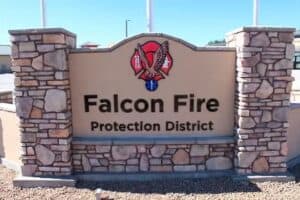Some hazards associated with firefighting are fairly obvious: burns, falls, building collapse, apparatus accidents, mishaps with power tools. But medical studies in recent years reveal a danger that isnít so obvious: cancer.Across the U.S., an increasing number of firefighters and retired firefighters are being diagnosed with, and dying from, cancers related to their work. Statistics show a marked rise in firefighter cancer rates since 1950. For some firefighters, it seems the job they love may be killing them.What research revealsMultiple studies link firefighting with increased cancer risk.One study published in 2006 in the ìJournal of Occupational and Environmental Medicineî analyzed 32 smaller studies and identified 10 types of cancer for which firefighters have a significantly increased risk.A study involving more than 16,000 Nordic firefighters found an increased risk for all cancers, and showed a statistically significant increase in the risk for five types of cancer.The National Institute for Occupational Safety and Health conducted a multi-year study that involved 30,000 firefighters from three major U.S. metropolitan fire departments, and examined data from 1950 through 2009. When compared to the general population, this study found
- Firefighters have a 14 percent higher risk of dying from cancer.
- Firefighters have a statistically significant risk of dying from seven specific types of cancer.
- There was an excessive incidence of bladder and prostate cancer in firefighters under the age of 65.
- The more fires a firefighter works at, the greater the cancer risk.
- Firefighters must don full personal protective equipment, including SCBAs (self-contained breathing apparatus) when working in structure and vehicle fire environments, during the overhaul phase of structure fires, and when dealing with hazardous materials spills or leaks.
- Air quality monitoring is performed at fires and hazardous materials incidents to ensure the air is clear before firefighters remove SCBAs.
- Firefighters are not allowed to store or wear PPE (personal protective equipment) in the living areas of fire stations.
- PPE is washed every six months or as needed using district equipment at the fire station.
- Vehicle exhaust extraction systems that vent vehicle emissions directly to outside air have been installed in staffed stations to minimize exposure to diesel exhaust.




